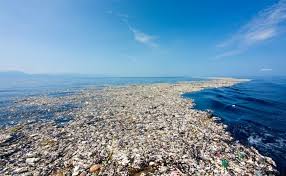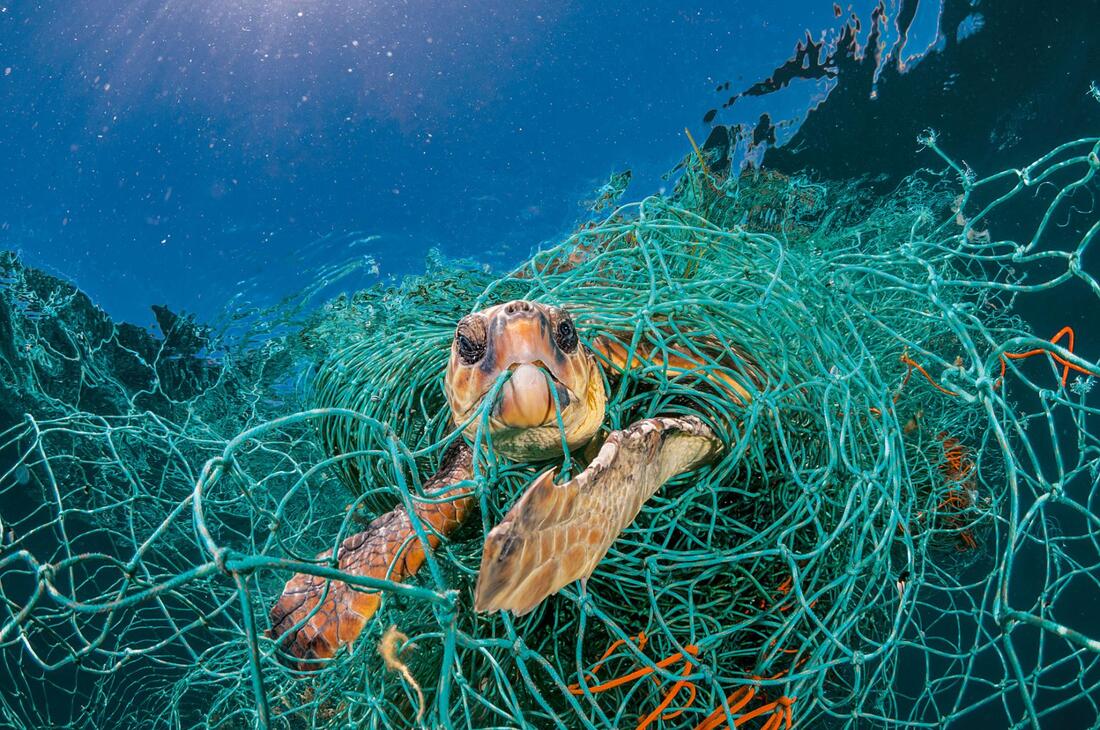Facts
- Researchers have found Microplastics in every species of sea turtles, nearly 60% of whale species, and almost 60% of sea bird species.
- Animals eats the plastics. Plastic looks like foods.
- Plastic is killing more than 100,000 sea turtles and sea birds a year.
- Plastics go around the coral and it gets sick or injured.
- Micro-plastic is smaller than 5 mm so small animals can swallow them easily.
- Plastic bags looks like a yummy jellyfish to the sea turtles.
- If people through plastic to the storm drain, it will go all the way to the ocean.
- If you weigh all the plastic in the ocean, it would weigh 38,000 African elephants.
- All the plastic weighs all the fish in 2050.
- 51 trillion pieces of plastic is floating in the ocean.
- A river in China flushes 1.5 million plastics per year.
- Years to break down:
Fishing Line: 600 years
Plastic bottle: 450 years
Aluminium can: 200 years
Plastic bags: 20 years - There were 5 trillion plastics in 2019.
- Every minute, one garbage truck of plastic is dumped into the ocean.
- 91% of plastic is not recycled.
- Rivers that flashes plastics into the sea:
Indus 164,332 tons
Huang He (Yellow River) 124,249 tons
Hai He 91,858 tons
Nile 84,792 tons
Meghna, Brahmaputra, Ganges 72,845 tons
- Plastics in the ocean break down into micro-plastic because of waves and sun.
- Americans use 500 million plastic straws everyday.
- Half of plastics come from Asia.
- If people throw trash to the storm drain, it will go all the way to the ocean.
- These river carry more than 90% of the plastic waste that ends up in our oceans.
- Cigarette butts, plastic bags, fishing gear, and food and beverage containers are the most common plastic in the oceans.
Great Pacific Garbage Patch
- The great pacific garbage patch is the biggest garbage patch in the world.
- There are 1.8 trillion pieces of plastic in great Pacific garbage patch. This is 10x more than all the stars in milky way galaxy. It weighs 80,000 tons=3 statues of liberty.
- Great pacific garbage patch is also known as the Pacific trash vortex.
Sources
- YouTube. https://www.youtube.com/watch?v=ODni_Bey154
- YouTube. https://www.youtube.com/watch?v=Our5CZz5qoU&feature=youtu.be
- “Plastics at Sea Create Raft of Problems.” Science News for Students, 7 Jan. 2015, https://www.sciencenewsforstudents.org/article/plastics-sea-create-raft-problems
- Environment, U. N. “Plastic Pollution: How Humans Are Turning the World into Plastic.” UN Environment, 7 Mar. 2018, http://www.unenvironment.org/news-and-stories/video/plastic-pollution-how-humans-are-turning-world-plastic
- YouTube. https://www.youtube.com/watch?v=vrPBYS5zzF8&list=PL8yrWxAoYaB5HqoxeygDpCX5tl4YgyBiG&index=104
- News, A. B. C. “World Ocean Day 2019: Ocean Plastics Problem Isn’t Going Away, but Here’s What You Can Do to Help.” ABC News, https://abcnews.go.com/Technology/world-ocean-day-2019-oceans-plastics-problem/story?id=63324490
- “Fact Sheet: Plastics in the Ocean.” Earth Day, 5 Apr. 2018, https://www.earthday.org/fact-sheet-plastics-in-the-ocean/
- “Fact Sheet: End Plastic Pollution.” Earth Day, 7 Mar. 2018, https://www.earthday.org/fact-sheet-end-plastic-pollution/
- YouTube. https://www.youtube.com/watch?v=YFZS3Vh4lfI
- YouTube. https://www.youtube.com/watch?v=IA9O9YUbQew&feature=youtu.be
- Our Planet Is Drowning in Plastic Pollution. This World Environment Day, It’s Time for a Change. /
- “9 Shocking Facts About Plastics in Our Oceans.” EcoWatch, 12 June 2017, https://www.ecowatch.com/plastic-oceans-facts-images-2436857254.html
- Society, National Geographic. “Great Pacific Garbage Patch.” National Geographic Society, 5 July 2019, http://www.nationalgeographic.org/encyclopedia/great-pacific-garbage-patch/


